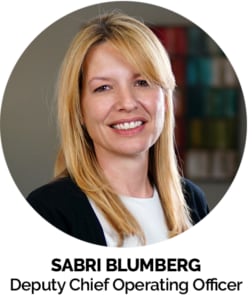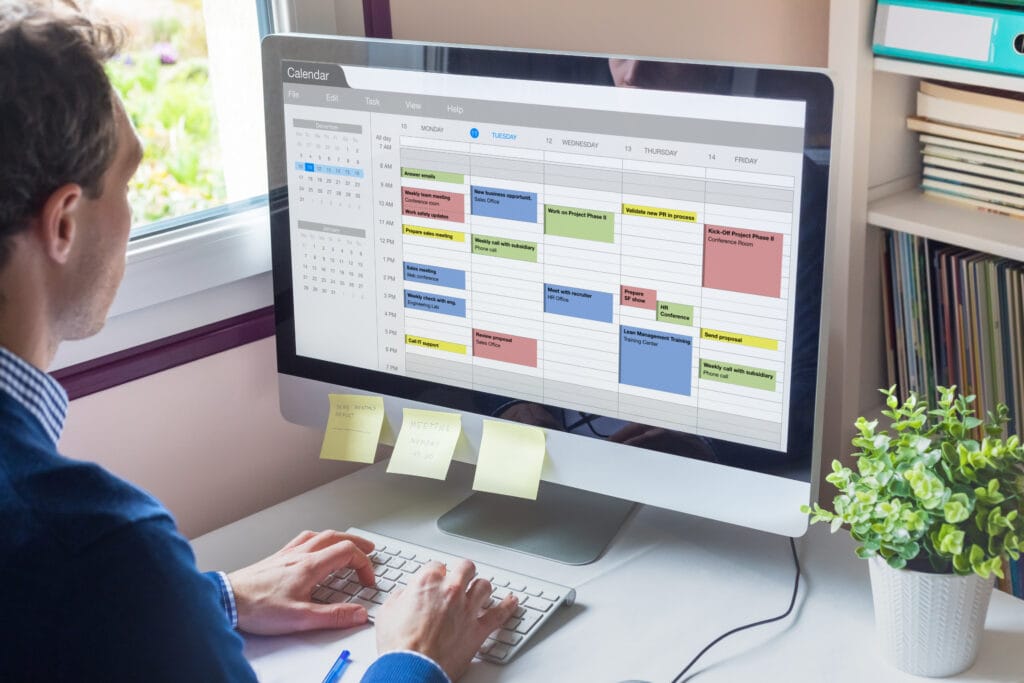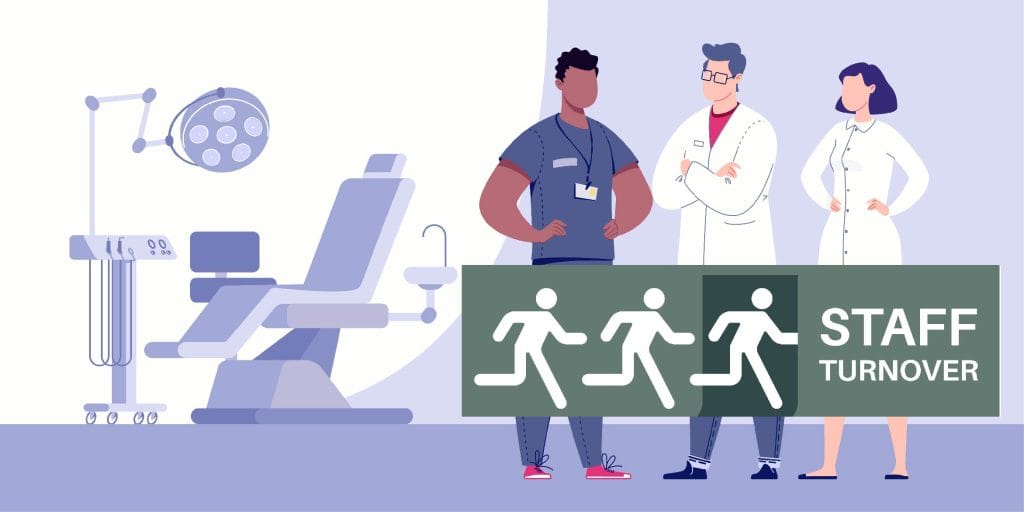Last updated on February 11th, 2025 at 10:10 pm
 Imagine this: your schedule is packed solid for the next two to three weeks. If a patient called today, the earliest appointment you could offer would be 19 days from now, Wednesday at 10:40 a.m. At first glance, this might seem like a dream scenario—your production is secured, and the future looks bright. But is it really as good as it sounds?
Imagine this: your schedule is packed solid for the next two to three weeks. If a patient called today, the earliest appointment you could offer would be 19 days from now, Wednesday at 10:40 a.m. At first glance, this might seem like a dream scenario—your production is secured, and the future looks bright. But is it really as good as it sounds?
If you ask me, the answer…No. In fact, I’d go so far as to say that regardless of how productive your practice seems, you should always have room to schedule a productive procedure within one to three days. Now, if your schedule isn’t that busy, this may not sound like a big deal. But if you’re consistently booked out for weeks, you’re probably wondering how that’s even possible—or if it’s truly necessary.
The Problem with Being Booked Too Far in Advance
Before we dive into the “why,” keep something in mind: Being busy doesn’t equal being productive. We’ve all seen doctor schedules that are packed, yet not all that productive. Conversely, I’ve seen dental practices with a more than preferable number of openings that are highly productive. What we want is—ideally—both: a busy and productive schedule.
So, why do you need availability on your schedule?
Well, having the ability to get a patient in for a procedure quickly isn’t a sign of weakness, it’s a growth strategy. Here’s why:
No Room for Growth
 When your schedule is packed, you’re operating at full capacity. That might sound great until you realize there’s no room to grow. Some doctors try to solve this by focusing on higher-ticket procedures. While that can work temporarily, it’s not a sustainable growth model. Continuous growth requires flexibility and space.
When your schedule is packed, you’re operating at full capacity. That might sound great until you realize there’s no room to grow. Some doctors try to solve this by focusing on higher-ticket procedures. While that can work temporarily, it’s not a sustainable growth model. Continuous growth requires flexibility and space.
Think of your practice like a plant. If it’s in a small pot, it can only grow so much before it becomes root-bound. The same applies to your schedule.
If there’s no room to stretch, your growth will stagnate.
The Power of Quick Service
We live in an on-demand world. While dental care isn’t Amazon Prime, patients still value prompt service. The quicker you can deliver, the better. Even if patients are willing to wait, getting them in sooner creates a better experience and sets a positive tone.
Patients may not expect same-day service, but when you can offer it, it stands out. It signals efficiency, responsiveness, and value for their time. Plus, addressing dental issues promptly can prevent them from escalating, which is in the patient’s best interest.
Delays Increase Cancellations and No-Shows
The longer a patient waits, the more time they have to reconsider. Life happens—finances change, emergencies pop up, and priorities shift. If you schedule someone two weeks out, there’s a higher chance they’ll cancel or no-show compared to an appointment set within a few days.
 Plus, if you require prepayment (which I recommend), it feels anticlimactic to collect money today and tell the patient you’ll see them in two weeks. Immediate service after payment reinforces value. Patients want to feel that their decision to commit financially is met with urgency and care.
Plus, if you require prepayment (which I recommend), it feels anticlimactic to collect money today and tell the patient you’ll see them in two weeks. Immediate service after payment reinforces value. Patients want to feel that their decision to commit financially is met with urgency and care.
It Hides Bigger Problems
A packed schedule can mask underlying issues:
- Poor case presentation skills: Are you closing comprehensive cases effectively, or are you leaving treatment incomplete?
- Inefficient scheduling patterns: Is your team filling the schedule haphazardly, leading to bottlenecks and downtime?
- The need for an associate: Sometimes, being overbooked signals it’s time to expand your team.
When things eventually slow down (and they will), it can catch you off guard because you’ve been running on autopilot.
Why Are You Booked Out So Far?
If your schedule is consistently overbooked, here are the usual suspects:
Lack of a Clear Scheduling Pattern
Is there rhyme or reason to how your appointments are booked, or are you just filling open slots? Inconsistent scheduling leads to fluctuating production. One day you produce $10,000, the next $1,000.
Solution: You need an established scheduling pattern. A system. Structure your day. Reserve mornings for high-production procedures (crowns, implants, etc.) and afternoons for shorter, less complex treatments. This approach ensures you hit production goals early, reducing stress and increasing efficiency. For more information, check out the Art of Scheduling Course on DDS Success.
Improper Double Booking
 Double booking isn’t just using two chairs. To do it correctly, you need a scheduling system and a dedicated assistant for each chair. Trying to double book with one assistant is a recipe for chaos.
Double booking isn’t just using two chairs. To do it correctly, you need a scheduling system and a dedicated assistant for each chair. Trying to double book with one assistant is a recipe for chaos.
When done correctly, double booking can turn five hours of procedures into two or three, freeing up your schedule without sacrificing production.
It’s all about optimizing the flow of doctor and assistant time, ensuring neither is left waiting.
Inefficient Case Presentation
Are you presenting comprehensive treatment plans, or doing it in “phases”? Seeing a patient three times for two crowns each visit is less efficient than completing all six in one appointment.
Common Issues:
- Hesitancy to present large cases
- Spreading out treatment unnecessarily
- Relying on insurance limitations instead of clinical need
Solution: Get comfortable presenting full treatment plans. Patients deserve to know what they need, even if it’s a big number. Some will say yes, some won’t—but your efficiency will skyrocket. If you really want to master this area, I’d suggest the MGE Communication and Sales Seminars.
When It’s Time for an Associate
If your scheduling systems are optimized and you’re still maxed out, it might be time to bring in an associate. But…before making that leap, consider:
PPO Involvement
Are you in network, and does this comprise a large portion of your practice? Dropping low-reimbursement plans can free up your schedule and increase profitability without adding another provider. If you want our help, check out our Free Fees and Plans Analysis.
New Patient Flow
 Do you have enough new patients to support an associate? Aim for 20-30 new patients per month per doctor. If you’re not there yet, focus on marketing and improving conversion rates before hiring. I’d suggest the MGE New Patient Workshop.
Do you have enough new patients to support an associate? Aim for 20-30 new patients per month per doctor. If you’re not there yet, focus on marketing and improving conversion rates before hiring. I’d suggest the MGE New Patient Workshop.
Hygiene Capacity
You need enough hygiene volume to support another doctor. A good rule of thumb is 1-1.5 hygienist days for every doctor day. If you’re not meeting that ratio, consider expanding hygiene first.
Key Takeaways
- Being busy doesn’t always mean being productive.
- Availability on your schedule isn’t a weakness—it’s a growth strategy.
- Review your scheduling patterns, double-booking practices, and case presentation skills.
- Don’t jump to hiring an associate until you’ve optimized your current systems.
Need Help?
If this resonates and you’re not sure where to start, reach out. We’d be happy to review your current systems and help you identify opportunities for improvement. You can email me at SabriB@MGEonline.com or call us at 800-640-1140.



No Comments
Be the first to start a conversation